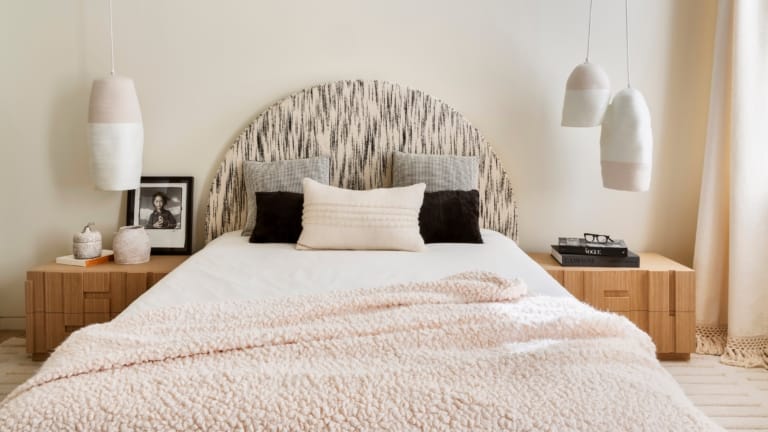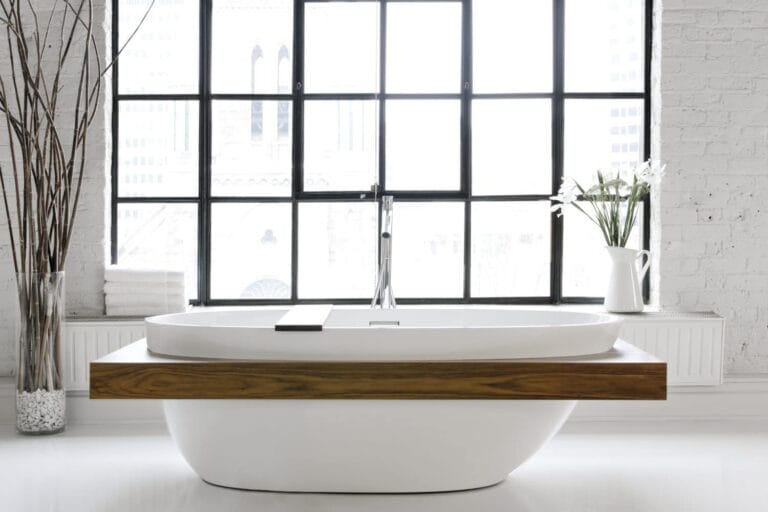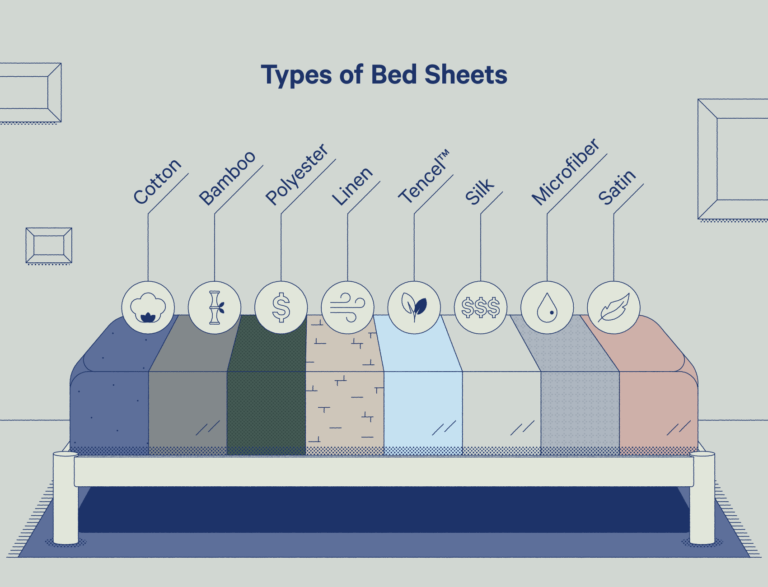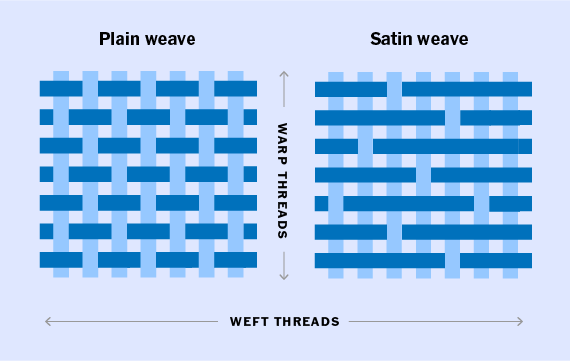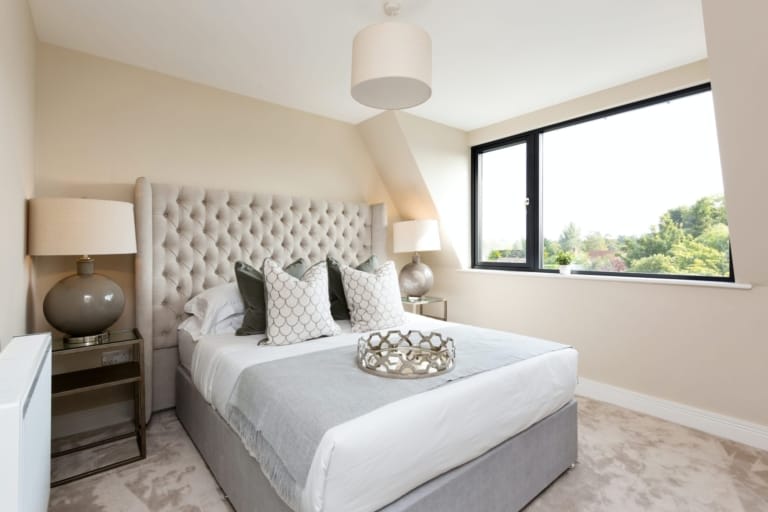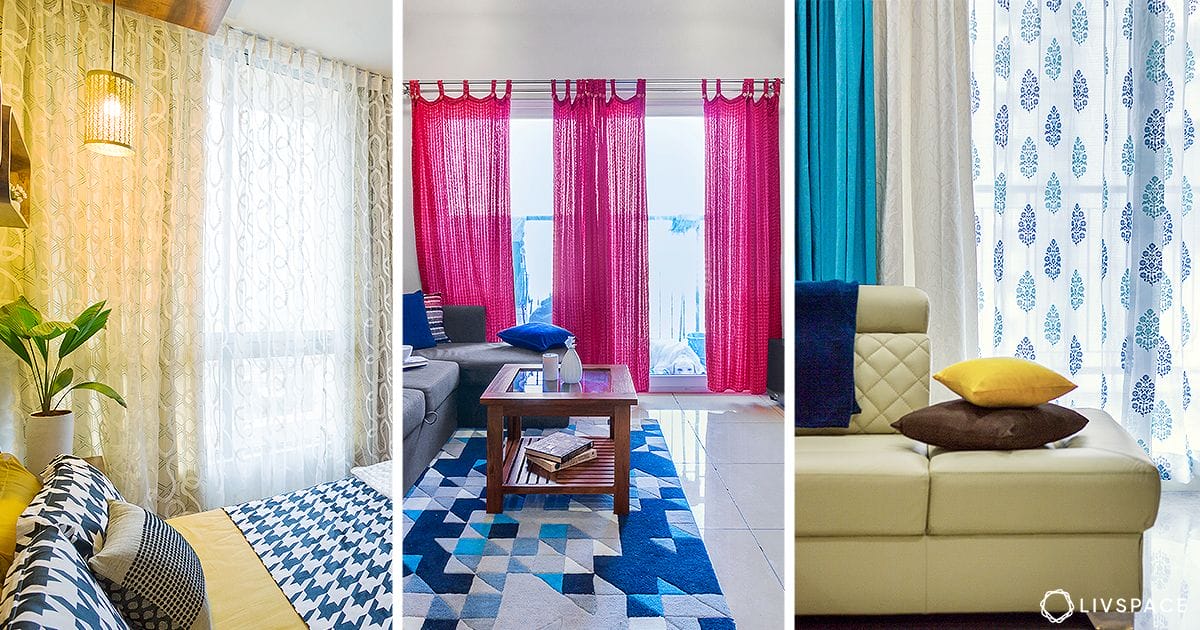
Are you struggling to find the perfect curtains or window treatments that complement your furniture? Look no further! In this guide, we’ll show you how to select the right curtains or window treatments to enhance the overall look and feel of your living space. With these helpful tips, you’ll be able to transform your room into a stylish and cohesive space in no time.
When it comes to choosing curtains or window treatments, it’s important to consider the color palette and style of your furniture. By selecting window treatments that perfectly complement your furniture, you can create a harmonious and visually appealing environment. We’ll provide you with practical advice on how to find the ideal balance between your curtains or window treatments and your furniture to create a cohesive and visually stunning space.
In addition to color and style, we’ll also explore other factors such as fabric choices, length, and patterns. Knowing how to choose the right fabric and the appropriate length for your curtains or window treatments will ensure that they not only coordinate with your furniture but also serve their purpose of regulating light and providing privacy.
So, let’s dive in and discover how to select the perfect curtains or window treatments to complement your furniture!
How to Select the Right Curtains or Window Treatments to Complement Your Furniture?
Looking to select the perfect curtains or window treatments to complement your furniture? Follow these simple steps to make the right choice:
- Assess your furniture style and color scheme.
- Determine the level of privacy and light control you need.
- Consider the size and scale of your windows.
- Choose a fabric that suits your needs and preferences.
- Coordinate with the overall room decor for a cohesive look.
By following these steps, you’ll effortlessly enhance your furniture with the right curtains or window treatments.
1. Consider the Style and Color Palette of Your Furniture
When selecting curtains or window treatments, it’s crucial to consider the style and color palette of your furniture. The curtains should complement your furniture and not overpower it. If you have neutral-colored furniture, vibrant curtains can add a pop of color and personality to the space. On the other hand, if your furniture already has bold patterns or colors, choosing curtains in a complementary shade or a subtle pattern can create a cohesive and balanced look.
Additionally, consider the overall style of your furniture. If you have modern or minimalist furniture, opt for curtains with clean lines and a sleek design. For a traditional or vintage-inspired space, curtains with intricate patterns or luxurious fabrics can add a touch of elegance. By considering the style and color palette of your furniture, you can select curtains that enhance the overall visual appeal of your room.
Remember, curtains are not limited to solid colors or patterns. Consider incorporating textures like velvet, silk, or linen to add depth and dimension to your space. A combination of different textures can create a visually interesting and sophisticated look.
2. Determine the Level of Privacy and Light Control
Another important factor to consider when choosing curtains or window treatments is the level of privacy and light control you desire. Different rooms have different privacy needs. For example, bedrooms may require blackout curtains for maximum privacy and light blockage, while living rooms may benefit from sheer curtains that allow natural light to filter through.
If you prioritize privacy, consider curtains made from heavier fabrics or use a combination of curtains and blinds. Sheer curtains can be layered with heavier curtains or blinds to provide both privacy and flexibility in controlling the amount of light entering the room.
In addition to privacy, think about the amount of natural light you want to let in. If you have a room that receives a lot of sunlight, opt for curtains with light filtering or semi-sheer fabrics, as these will allow the natural light to create a warm and inviting atmosphere. For rooms that require more darkness, such as home theaters or bedrooms, blackout curtains are an excellent option for complete light control.
3. Consider the Size and Proportions of Your Windows
Understanding the size and proportions of your windows is essential when choosing curtains or window treatments. Consider the height and width of your windows and how they relate to the overall size of the room. Curtains that are too short or narrow can make the windows and the room as a whole appear smaller. Conversely, overly long or wide curtains can overwhelm the space.
The general rule of thumb is to choose curtains that are wider and longer than the actual window to create the illusion of a larger window and more spacious room. Hang the curtain rod higher than the window frame to make the ceiling appear taller and the room more grandiose.
For tall windows or rooms with high ceilings, opt for floor-length curtains or even curtains that pool on the floor for an elegant and luxurious look. Shorter windows or rooms with lower ceilings can benefit from curtains that hang just above the window sill or fall to the mid-length of the window for a balanced and tailored appearance.
4. Pay Attention to Functionality and Maintenance
While the aesthetic appeal of curtains is important, it’s equally essential to consider their functionality and maintenance. Curtains that are easy to clean and maintain can save you time and effort in the long run. Machine-washable or easy-to-spot-clean fabrics are convenient options, especially in high-traffic areas or homes with pets and children.
Additionally, consider the convenience of different curtain styles. Choose curtains with easy-to-use mechanisms, such as grommets, rod pockets, or curtain rings, for effortless opening and closing. If you prefer natural light during the day and privacy at night, opt for curtains with double or triple layers that can be adjusted according to your needs.
For windows with unique shapes or sizes, consider custom-made curtains or window treatments to ensure a perfect fit. Custom options allow you to create a cohesive look throughout your space and ensure that the curtains enhance the overall design and functionality of the room.
5. Incorporate Finishing Touches and Accessories
To complete the look of your curtains and window treatments, consider incorporating finishing touches and accessories. Curtain tiebacks or holdbacks can add an elegant and polished touch to your curtains when they’re open, allowing natural light to flood the room. Alternatively, opt for curtain rods with decorative finials or end caps that match the overall style and aesthetic of your space.
You can also consider adding valances, cornices, or pelmets above your curtains to create a more formal and structured look. These decorative elements can add visual interest and elevate the style of your windows. Additionally, consider complementing your curtains with matching or coordinating window blinds or shades for added versatility and functionality.
Remember, selecting the right curtains or window treatments is an opportunity to showcase your personal style and enhance the overall ambiance of your space. By considering the style and color palette of your furniture, the level of privacy and light control you desire, the size and proportions of your windows, the functionality and maintenance of the curtains, and incorporating finishing touches, you can create a visually stunning and welcoming environment. Happy decorating!
Additional Tips for Choosing the Perfect Curtains or Window Treatments
While we’ve covered the essential factors to consider when selecting curtains or window treatments to complement your furniture, here are a few additional tips to help you make the perfect choice:
1. Experiment with Different Fabrics and Textures
Don’t be afraid to mix and match different fabrics and textures. Experiment with the combination of sheer, semi-sheer, and heavier fabrics to create depth and add visual interest to your windows.
2. Use Patterns and Prints Wisely
If your furniture already has bold patterns or prints, opt for curtains in a solid color or a subtle pattern to avoid overwhelming the space. On the other hand, if your furniture is solid-colored, you can use patterned curtains to add visual intrigue and personality.
3. Consider the Seasonal Changes
Keep in mind that the choice of curtains can affect the overall temperature and lighting in your space. Consider using thicker materials like velvet or wool for insulation during colder months and opt for lighter fabrics during warmer seasons to allow for better airflow.
By keeping these additional tips in mind, you can further refine your curtain selection and create a space that both complements your furniture and reflects your personal style. Good luck with your curtain hunting!
Frequently Asked Questions
Are you wondering how to choose the perfect curtains or window treatments to complement your furniture? Check out these frequently asked questions to guide you in making the right decision.
1. What factors should I consider when selecting curtains or window treatments?
When choosing curtains or window treatments, several factors come into play. First, consider the style and color scheme of your furniture and overall room decor. The curtains should harmonize with the existing palette and aesthetic. Next, think about the function you want the curtains to serve. Do you need privacy, light control, or insulation? Additionally, take into account the size and shape of your windows. Different treatments work better for certain window types.
Lastly, consider the maintenance and care required. Some materials, like silk, may need more attention, while others, like polyester, are more durable and easy to clean. By considering these factors, you can select curtains or window treatments that not only complement your furniture but also meet your functional and practical needs.
2. Should curtains match the furniture exactly or have a contrasting color?
When it comes to selecting curtains or window treatments, there are no hard and fast rules. It’s not necessary for curtains to match the furniture exactly. In fact, using contrasting colors can add visual interest and create a dynamic look. Consider using complementary colors or shades that are within the same color family to create a cohesive and harmonious space. For example, if your furniture is in neutral tones, you can add a pop of color with curtains in a complementary shade. Alternatively, if your furniture already has bold patterns or vibrant colors, you might opt for curtains in a more subdued tone to balance the overall look.
Ultimately, it’s about creating a well-balanced and visually appealing space. Experiment with different color combinations to find the perfect balance between the curtains and your furniture.
3. What curtain length is appropriate for different furniture arrangements?
The appropriate curtain length depends on the furniture arrangement and the aesthetic you want to achieve. For floor-length curtains, measure from the floor to the ceiling and subtract an inch or two for a polished look. This style is great for creating an elegant and formal atmosphere. Alternatively, if you prefer a more casual and relaxed vibe, you can opt for curtains that hang just below the windowsill or mid-length curtains that fall to the floor.
If you have furniture placed against the wall under the window, consider using shorter curtains that do not touch the furniture. This creates a clean and neat appearance. On the other hand, if you have furniture away from the window, longer curtains that graze the floor can add drama and height to the room. Ultimately, choose a curtain length that complements the furniture arrangement and enhances the overall aesthetic you desire.
4. What type of window treatments work best with different furniture styles?
When it comes to pairing window treatments with furniture styles, it’s important to consider the overall theme and mood of your space. For traditional or formal furniture, luxurious drapes made from fabrics like velvet or silk can enhance the elegant ambiance. Roman shades or wooden blinds work exceptionally well with transitional or contemporary furniture pieces, adding a touch of sophistication and clean lines.
If you have minimalist or modern furniture, sheer curtains or roller shades provide a sleek and minimalist look. For a cozy and rustic feel, consider using textured curtains or woven wood shades. Ultimately, choose window treatments that complement and enhance the style of your furniture while maintaining a cohesive and harmonious overall look.
5. Can I mix different window treatments in the same room?
Absolutely! Mixing different window treatments can add depth and visual interest to a room. For example, you can combine curtains and blinds or shades. Start with a functional treatment like blinds or shades to provide privacy and light control. Then, layer curtains on top to add texture, color, and warmth to the space.
Another option is to mix different styles of curtains or window treatments. Pairing sheers with heavier drapes can create an elegant, layered look. Alternatively, you can mix patterns and textures while keeping the color scheme cohesive. The key is to experiment and find combinations that complement each other and enhance the overall aesthetic of the room. Don’t be afraid to get creative and have fun with your window treatments!
Choosing the right curtains or window treatments for your furniture is important to create a cohesive and stylish look. First, consider the color scheme of your furniture and pick curtains that complement it. If your furniture has patterned fabric, choose solid curtains, and if your furniture is solid, opt for patterned curtains to add visual interest.
The length of the curtains should be determined based on the height of your windows, and curtain rods or tracks should be selected to match the style and weight of the curtains. Lastly, consider the function of the curtains – do you want them to filter light, provide privacy, or block out sunlight?
As for window treatments, blinds or shades are good options for a sleek and modern look, while valances or cornices can add a touch of elegance. Roman shades provide a classic and versatile style, and sheer curtains can be used to soften the natural light coming into the room.
When selecting window treatments, keep in mind the level of privacy and light control you desire, as well as the overall aesthetic you want to achieve in your space. By considering these factors, you can find the perfect curtains or window treatments to enhance your furniture and create a harmonious and inviting atmosphere in your home.

